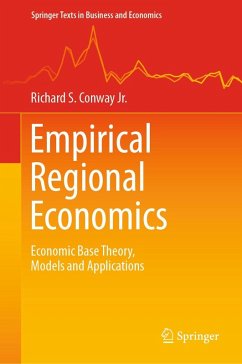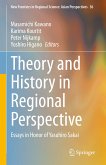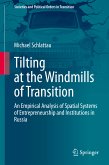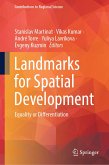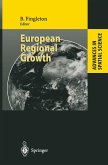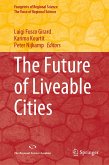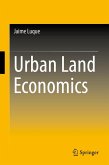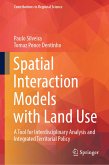The book is divided into three parts: the first discusses the economic base theory of regional growth and the empirical evidence supporting it, while the second part covers the specification and application of four increasingly complex regional economic models: the economic base model, the input-output model, the interindustry econometric model, and the structural time-series model. Lastly, the third part presentsforty-eight regional economic case studies organized under seven headings, including economic cycles, economic policy, and regional forecasting.
Given its scope, the book appeals to upper-undergraduate and graduate students majoring in economics, economic geography, and business, as well as to anyone in the private or public sector interested in gaining a better understanding of practical methods of regional economic forecasting and analysis.
Dieser Download kann aus rechtlichen Gründen nur mit Rechnungsadresse in A, B, BG, CY, CZ, D, DK, EW, E, FIN, F, GR, HR, H, IRL, I, LT, L, LR, M, NL, PL, P, R, S, SLO, SK ausgeliefert werden.
"ERE is in many ways a true labor of love and a gift to regional economic practitioners. ... ERE is an incredible how-to, a rich legacy from one who knows, and in its own unassuming way, a tribute to an incredible and successful career in regional economics." (Randall Jackson, Economic Development Quarterly, October 3, 2023)
"It is a valuable textbook suggested for regional scientists, as it provides a comprehensive empirical overview of regional economics, by (i) emphasizing the use of empirical methods and data towards the understanding of regional economics; (ii) providing insights into the modern aspects of regional economics and their policy implementation; and (iii) highlighting the importance of endogenous characteristics of regions towards economic growth and development." (Dimitrios Tsiotas, Regional Science Inquiry, Vol. 15 (1), 2023)

